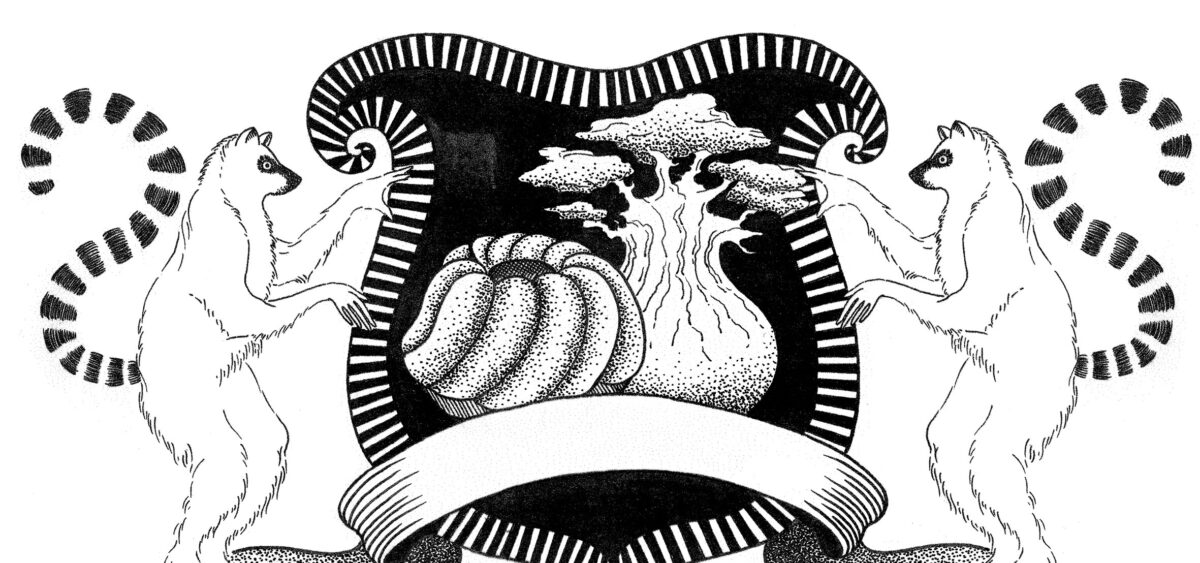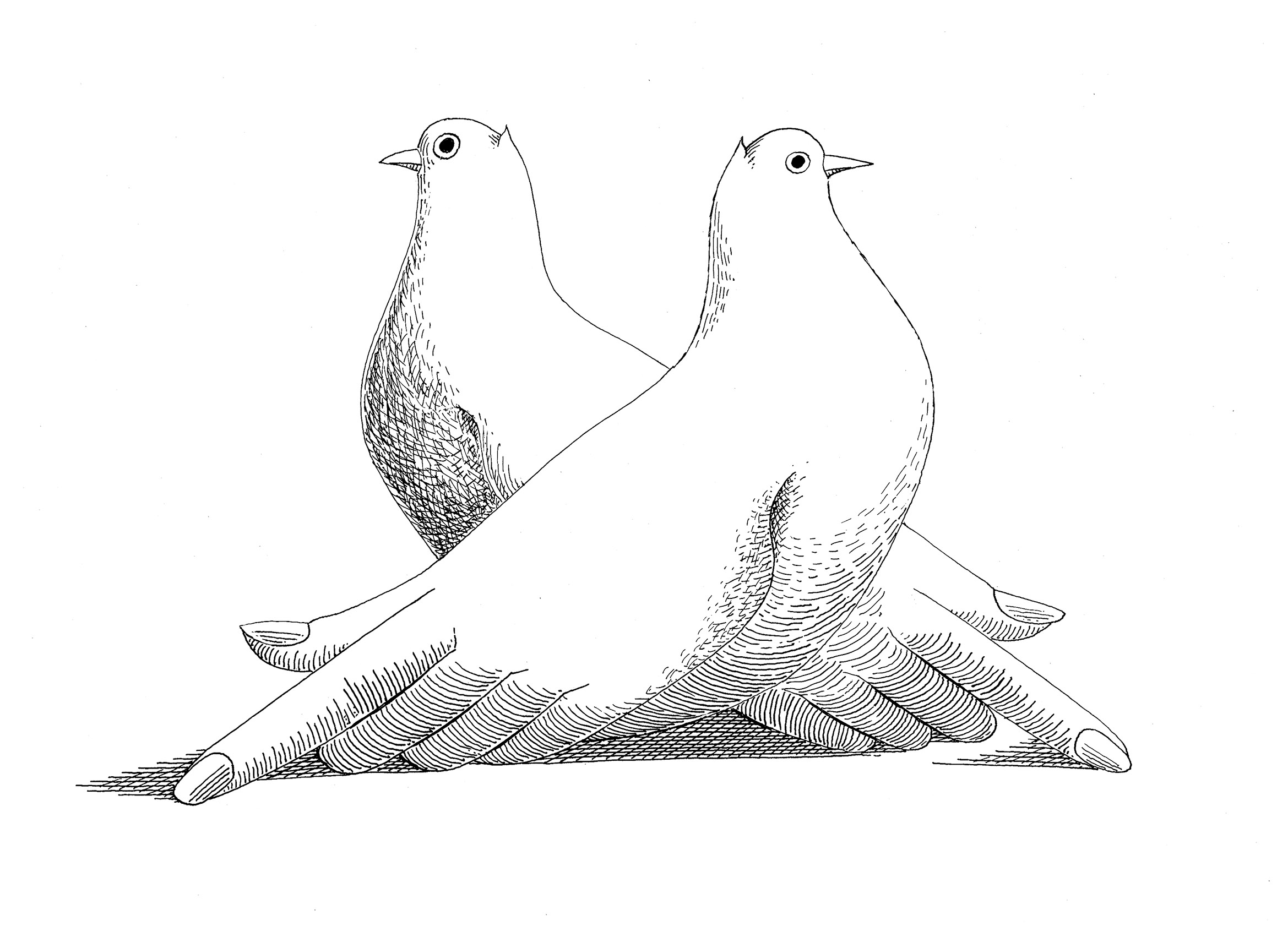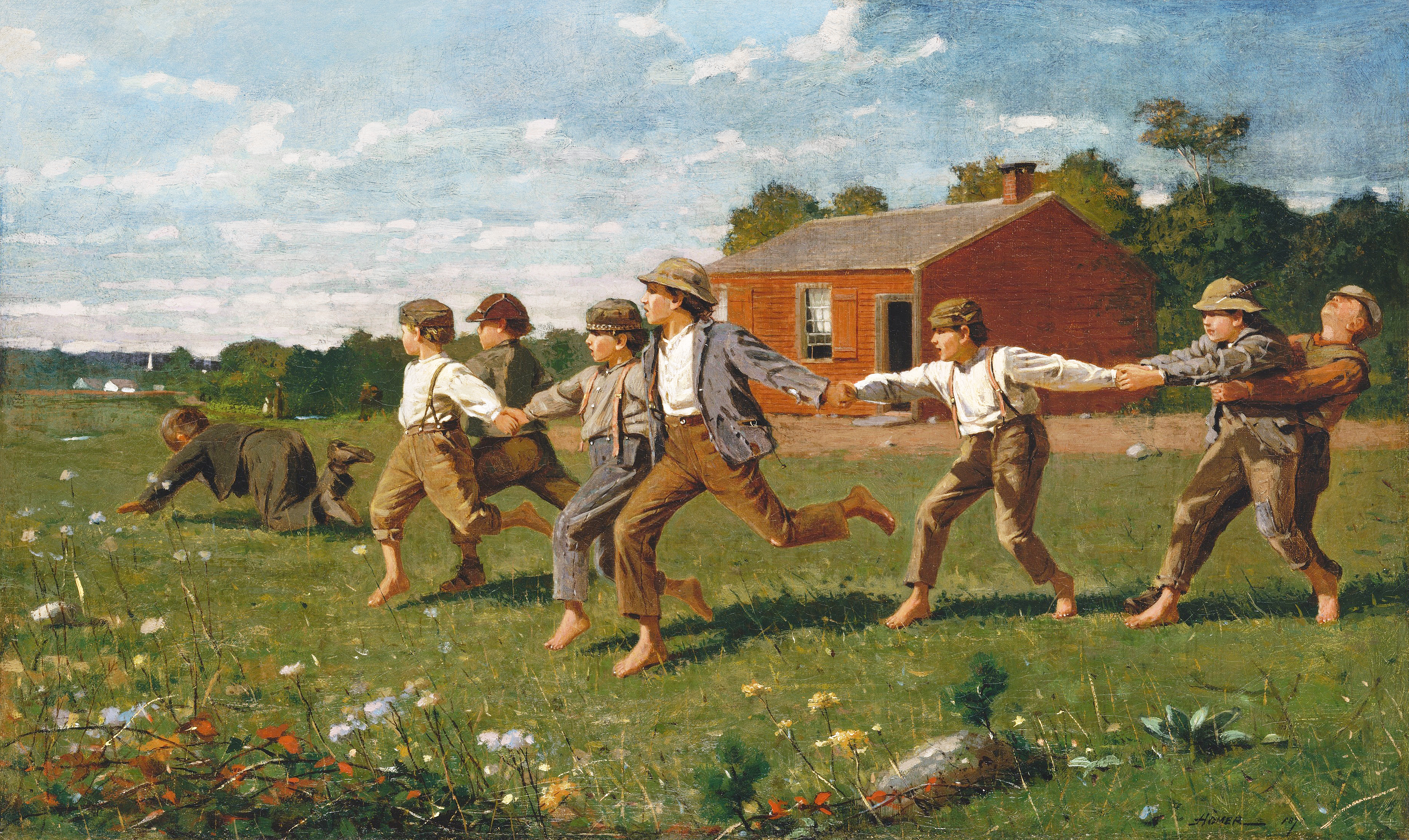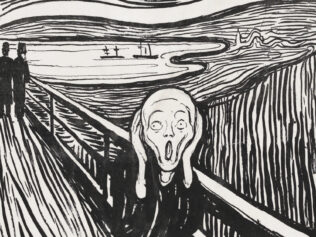
“I’d love to play on the same team as Mauriciniunio,” says Polish football star Robert Lewandowski. The Madagascan star responds courteously: “Robert’s play and his wife’s nutrition advice have always been a great inspiration for me.” It’s almost unbelievable that it’s so hard to reach an agreement on a common team, since year by year, tens of thousands of compatriots from the land on the Vistula visit the island famous for its lemurs, and Madagascan Poles travel to the country of their ancestors, to find out the difference between a baobab and a babka Easter cake.
Let’s recall that for years, the Second Polish Republic dreamed of establishing a colony on Madagascar, but it managed only at the end of 1937, after the Gniezno Summit with France and the UK. The British had long opposed France’s transfer of the island to the Poles, which was to be compensation for unpaid debts from Napoleonic times. It’s an open secret that His Majesty’s government weakened only under the influence of the strong drinks served in Gniezno. As a result, the foreign ministers decided to settle the matter, resolving the island’s fate with a poker game. Polish minister Józef Beck won with a hand of three nines (thus the saying, common to this day, that the country code for Madagascar is 999).
By 1939, 500,000 settlers from Poland had arrived on the island, which then had three million inhabitants, mostly African Malagasies. Most of the new arrivals were Poles of Jewish origin, terrified by the aggressive noises Hitler was making. Paradoxically, this migration movement was promoted both by Polish nationalists (under the slogan ‘Jews to Madagascar!’), as well as certain Zionist organizations (who spoke of a “new Israel” on the faraway island). The traveller Arkady Fiedler published a guide for settlers, while in Polish cinemas two films were smash hits starting in 1938: the comedy Szczepcio and Tońcio on Madagascar, starring the pre-war comedy duo, and the historical drama Beniowski (with Eugeniusz Bodo starring as the 18th-century Polish adventurer who was crowned emperor of the island, and his exotic lover Reri in the role of the queen of the African island).
In 1939, Madagascar was the only part of the Second Polish Republic that remained free after Hitler and Stalin’s attack. It was governed by exiled pianist and politician Ignacy Paderewski (not, as is commonly believed, by Nikodem Dyzma, who was sent to the island by Tadeusz Dołęga-Mostowicz in his story). Paderewski prepared Madagascar to receive a wave of refugees. Beck arrived on the first ship, leading to a joke on the streets of German-occupied Warsaw: “What are Beck’s priorities? God, Lemur, Fatherland.”

The appearance on Madagascar of so many Europeans wasn’t to the locals’ taste. Riots broke out in Antananarivo. So Paderewski sat down at a round table with the Malagasy leaders to discuss how they could continue to co-exist. The Africans gave assurances that they’d refrain from confrontational moves against the Poles, but once “the racist painter Hitler” was six feet under, they expected a constitution that would grant them broad autonomy.
In 1940, several thousand Polish soldiers were evacuated to Madagascar from France. The Bank of Poland’s gold reserves were also brought there, along with rescued national treasures – first and foremost the Szczerbiec coronation sword and tapestries from Wawel Castle. They were hidden so well in the Royal Palace in Antananarivo that some were found only in the 1960s, when the curator’s tame chameleon escaped – during the search, a secret tunnel was found, where the chameleon was perched on the handle of the dusty Szczerbiec. Formally, the Polish government in exile under General Sikorski was based in Antananarivo. That’s why the country’s white and red flag also came to cover the Malagasies, ushering in a difficult intercultural brotherhood in arms – documented by Fiedler in his book Beniowskian Poland, for which he gave up plans to write a collection of stories about Polish pilots who took part in the Battle of Britain.
Unfortunately, the greatest challenge was ensuring proper living conditions for the civilians who were evacuated to Madagascar along with General Anders’s army. Especially the children. Their first impressions have survived in the fairy-tales they later wrote, full of chameleons, lemurs, predatory fosses, extinct three-metre flightless birds, talking baobabs, and sacred rock formations that looked like forests of giant stone needles.
Meanwhile, in 1945 it became clear that there would be no return to the 1939 borders of the Republic of Poland. War veterans, prisoners and people fleeing from the Red Army all streamed to Madagascar, believing they’d find a makeshift version of pre-war Poland (later immortalized in the Oscar-winning 1969 comedy Among Neighbours, a response to Communist Poland’s Our Folks).
The split became a reality. After 1945, there were two Polands: People’s Poland in the ‘Piast dynasty’ lands on the Vistula, and Beniowskian Poland on Madagascar. The first was fated to be a satellite of the USSR. The second became dependent on aid from the US and developed a close relationship with Israel (which had been founded in the Middle East, though critics pointed out that “the Jews already have their state on Madagascar”). To calm the tense relations with the Malagasies, stirred up by broadcasts from Communist Poland’s Radio Free Madagascar, in 1959 the authorities of Beniowskian Poland announced a constitution guaranteeing equal rights to all citizens. The state received the official name The Republic of the Two Nations of Madagascar, referring to the historical name of the Polish-Lithuanian state.
The economic situation improved significantly. Income came not only from farming and fishing, but primarily tourism. That didn’t suit the tastes of the communist authorities. “Instead of citrus from Madagascar, use pickles from your own country,” leader Władysław Gomułka argued in 1967. From 1968 to 1989, more than two million refugees arrived from the perpetually crisis-stricken People’s Republic of Poland.
But the authorities in Warsaw had no thought of giving in to the “imperialists” in any area. When in 1969 the Madagascan Benio Słowacki played a truly Hendrixian rendition of Dąbrowski’s Mazurka, garnished with guitar effects that recalled the moans of dying bamboo lemurs, it was banned on the Vistula – even though it was written as a protest against the destruction of nature. “This work contains pornographic abominations that can be achieved only by a person wallowing in the rot of the gutter, a person with the morality of a pimp,” said Gomułka, though researchers dispute whether he was speaking precisely of Słowacki.
Sporting events also became a field of battle. Communist Poland usually placed higher on the Olympic medals table, but football was an exception: Beniowskian Poland was dominant through the 1970s with striker Mauricinio (father of Mauriciniunio), known as the Black Pearl. According to communist propaganda, even the selection of Karol Wojtyla as Pope in 1978 was the work of the African cardinals. And the Solidarity trade union was said to be steered by “the black hand of Antananarivo”.
The collapse of communism started a rapprochement between the countries. There was even a remake of the Polish cult TV comedy Alternatywy 4 – a series in an apartment block in Madagascar called Antananarywy 4.
Reunification talks began in 1991, following the German model. But the Malagasies objected: they didn’t want to return to the status of second-class citizens, dominated by “metropolitan” Poland. For them, it carried the whiff of colonialism. Most recently there’s been talk of renewing the talks, with Madagascar to be accepted into the EU. A joint squad for the World Cup would augur well. “This would be a beautiful example of how founding a colony on Madagascar, even though it was a reflection of Poland’s Great Power dreams, led to a positive outcome for everyone,” says Mauricinio, today president of the Republic of the Two Nations of Madagascar.
Translated from the Polish by Nathaniel Espino










